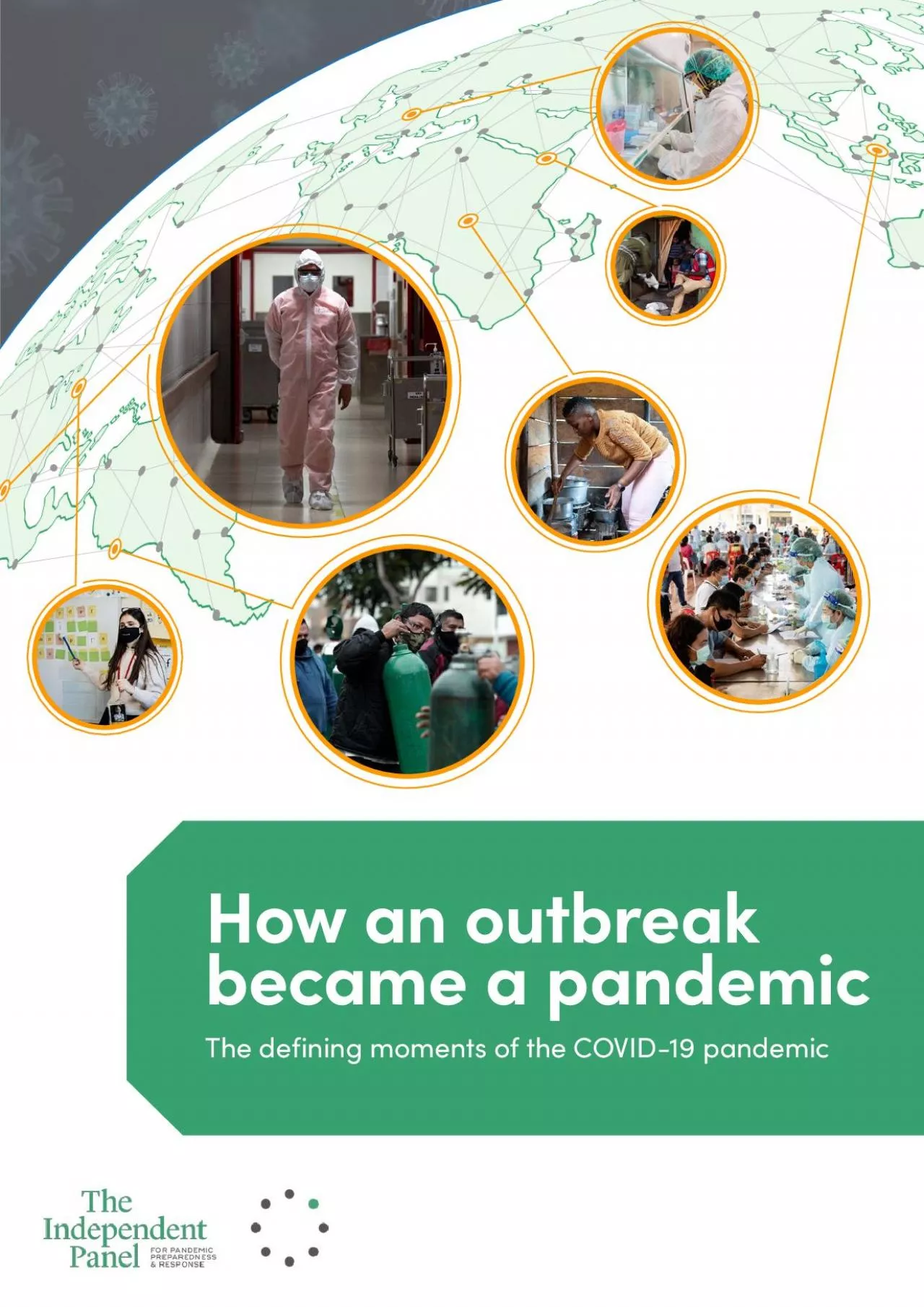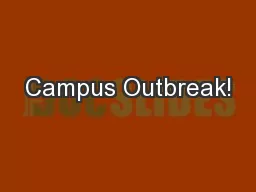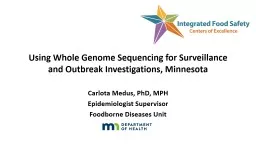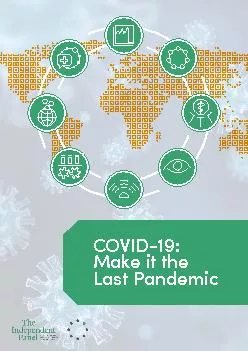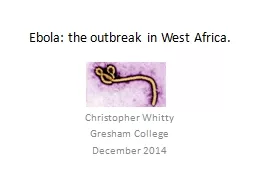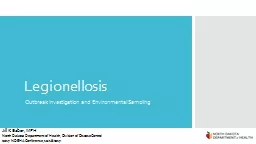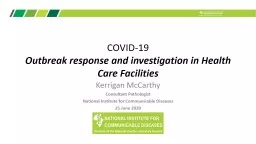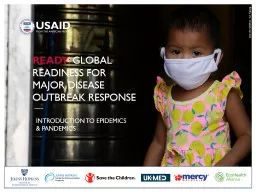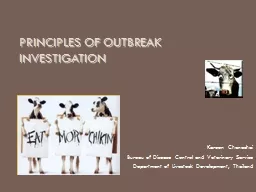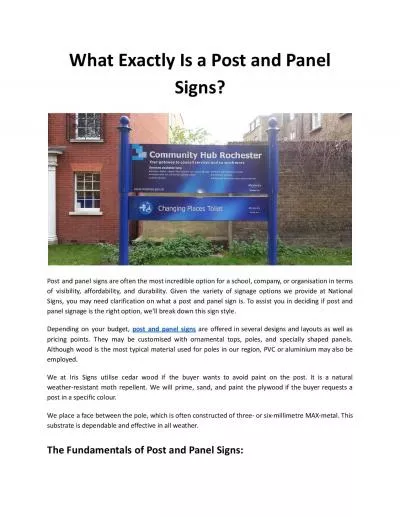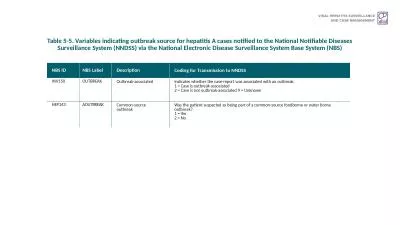PDF-How an outbreak became a pandemic by The Independent Panel for Pandemi
Author : berey | Published Date : 2021-10-04
313029282726283025242322212720282321192718212827281727261621181519313029282729262524252423282221222924201928212628203029281817161514rf1128nt2427292225bDisclaimer
Presentation Embed Code
Download Presentation
Download Presentation The PPT/PDF document "How an outbreak became a pandemic by The..." is the property of its rightful owner. Permission is granted to download and print the materials on this website for personal, non-commercial use only, and to display it on your personal computer provided you do not modify the materials and that you retain all copyright notices contained in the materials. By downloading content from our website, you accept the terms of this agreement.
How an outbreak became a pandemic by The Independent Panel for Pandemi: Transcript
Download Rules Of Document
"How an outbreak became a pandemic by The Independent Panel for Pandemi"The content belongs to its owner. You may download and print it for personal use, without modification, and keep all copyright notices. By downloading, you agree to these terms.
Related Documents

